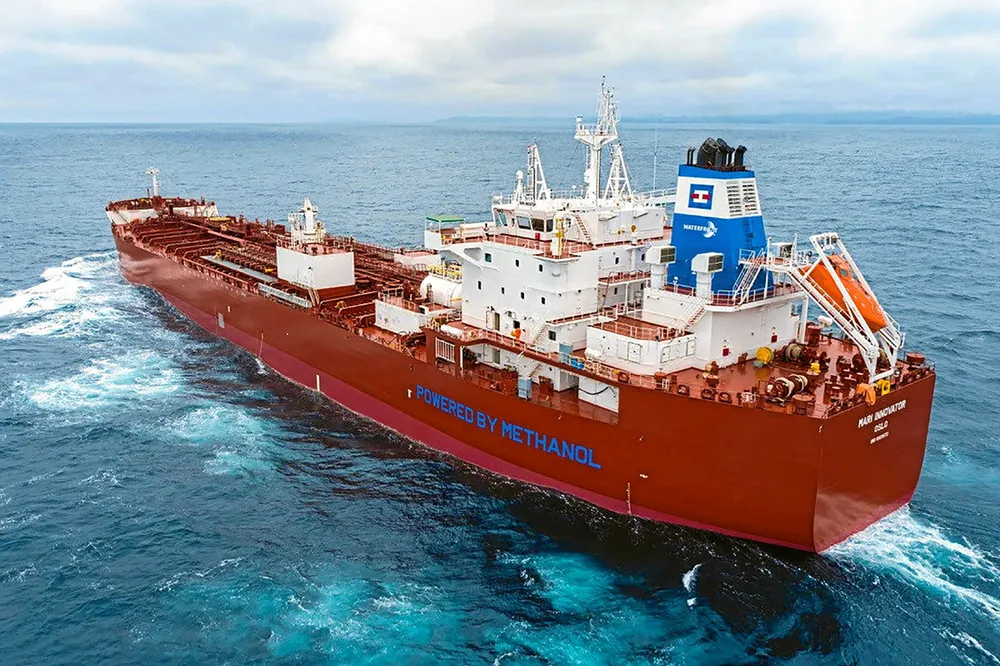Green hydrogen trade | Germany's H2Global ramps up with tenders for e-methanol and e-SAFs
Germany’s world-first hydrogen subsidy scheme follows up ammonia call with tender for supply of two more H2-derived products — CH3OH and e-SAFs

Germany’s world-first hydrogen subsidy scheme follows up ammonia call with tender for supply of two more H2-derived products — CH3OH and e-SAFs
